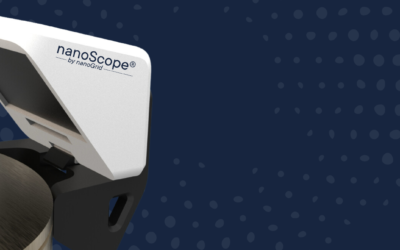From cold storage in Spain to logistics hubs in Germany and off-grid energy sites in Norway, IoT remote monitoring (or Internet of Things remote monitoring) is no longer a future trend. It’s a daily operational essential.
As energy prices rise and operations become more complex and distributed, companies are rethinking how they monitor performance, control costs, and ensure uptime.
Manual checks and monthly utility bills no longer cut it. You need live data, and the ability to act on it.
That’s where IoT remote monitoring comes in. It connects equipment, buildings, and systems through real-time sensors and cloud platforms, giving you eyes and insight across every site, no matter how remote.
In this article, we’ll break down how IoT remote monitoring actually works, and why it’s gaining more and more ground across sectors like retail, logistics, healthcare, and industrial facilities.
We’ll also show how we as nanoGrid fit into the picture, delivering accurate, traceable utility data across energy and water ressources. All through a scalable and integration-ready HaaS/SaaS solution.
Why IoT remote monitoring is everywhere now
From cold storage warehouse in Spain to off-grid solar systems in Norway. One thing is clear: IoT remote monitoring is no longer a trend from the future. It’s a every-day business essential.
As operations grow more distributed, and as energy and labor costs continue to rise – remote monitoring IoT systems offer a path to operational efficiency.
Helping companies keep tabs on equipement, environments, and utilities. Even in locations that are many kilometers, or continents apart.
And it’s not just about knowing what’s happening in real time. The real value comes from being able to act on it. Detect a fault before it halts production. Reduce energy use before it shows up on your invoice. Send maintenance before a system fails.
That’s why more companies across manufacturing, retail, logistics, healthcare, and infrastructure are turning to IoT remote monitoring solutions as part of their core operations stack. But first let go deeper in the definition and how IoT remote monitoring actually works.
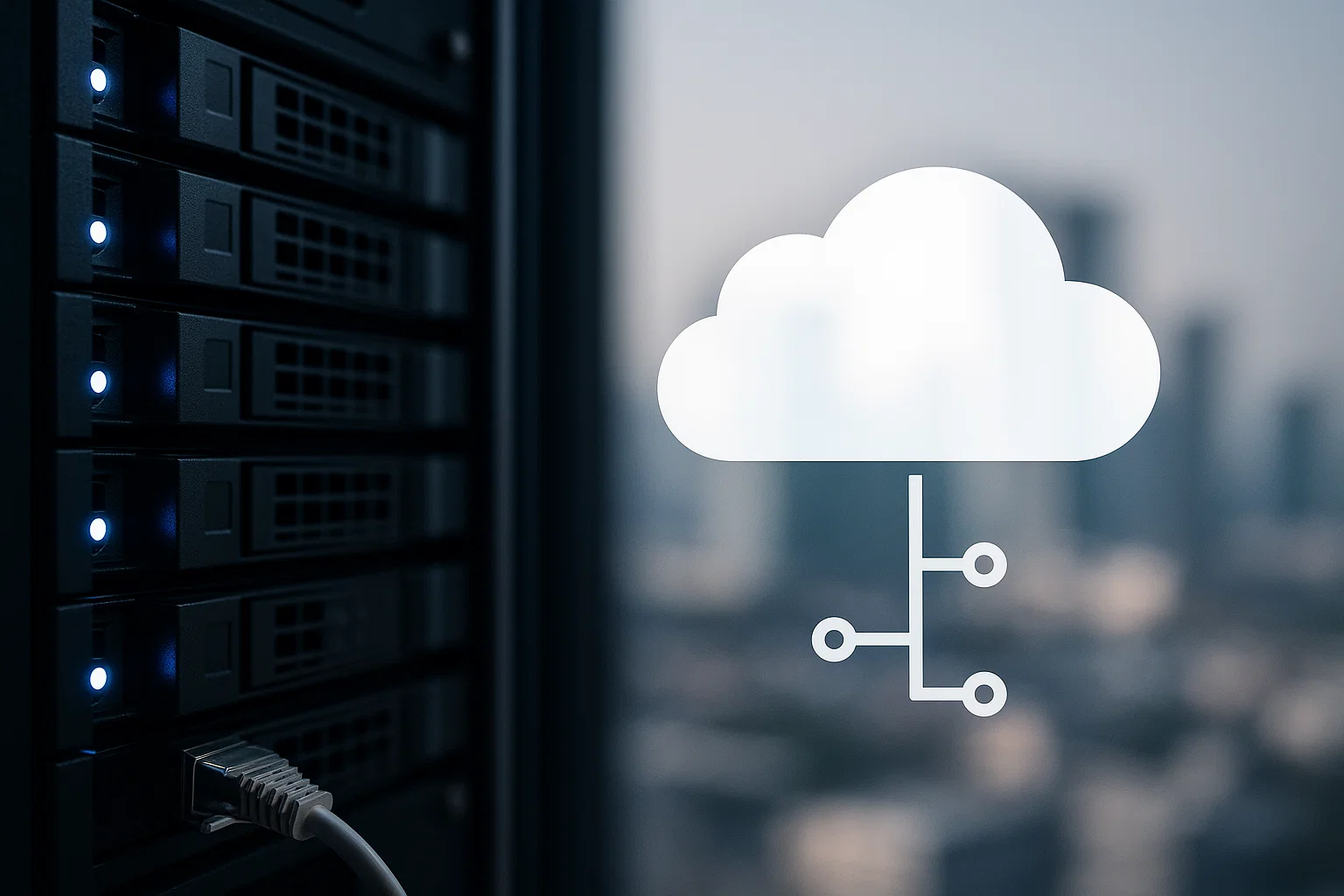
What is IoT Remote Monitoring? (Fast and Concise)
At its core, an IoT remote monitoring system is exactly what it sounds like: a way to monitor equipment, spaces, or systems from anywhere. By using internet connected devices that collect and send real-time data.
How IoT remote monitoring works
Now, let’s break down how an IoT remote monitoring system is set up, step-by-step.
- Sensors and IoT devices are installed on-site
These could track anything from temperature and pressure to energy consumption, humidity or vibration. - Data collection happens automatically
Each device gathers readings: like how much energy an HVAC unit is using or how “warm” a refrigerated container is. - Data is sent through a network
Depending on the setup, this could be Wi-Fi, cellular networks, LoRaWAN, or another LPWAN protocol. Even remote areas can be covered using narrowband IoT (NB-IoT) or 5G connections. - Data lands in the cloud
No local servers required. The data is stored securely and processed for visibility and alerts. - Real-time tracking happens (mostly on dashboards)
Users get access through any browser or mobile device. They can see performance, spot issues, or get alerted if values exceed thresholds. - Actions are triggered automatically or manually
Adjust settings, schedule maintenance, or notify teams, without being on-site.
This is what makes IoT remote monitoring systems so valuable. It gives companies always a 24/7 oversight, allow for quick reaction, and enable data-driven decision-making. Whether you’re managing one site or hundreds.
By turning those IoT devices into a feedback loop, businesses can go from reactive to proactive. And when energy, safety, and uptime are on the line, that shift makes all the difference.
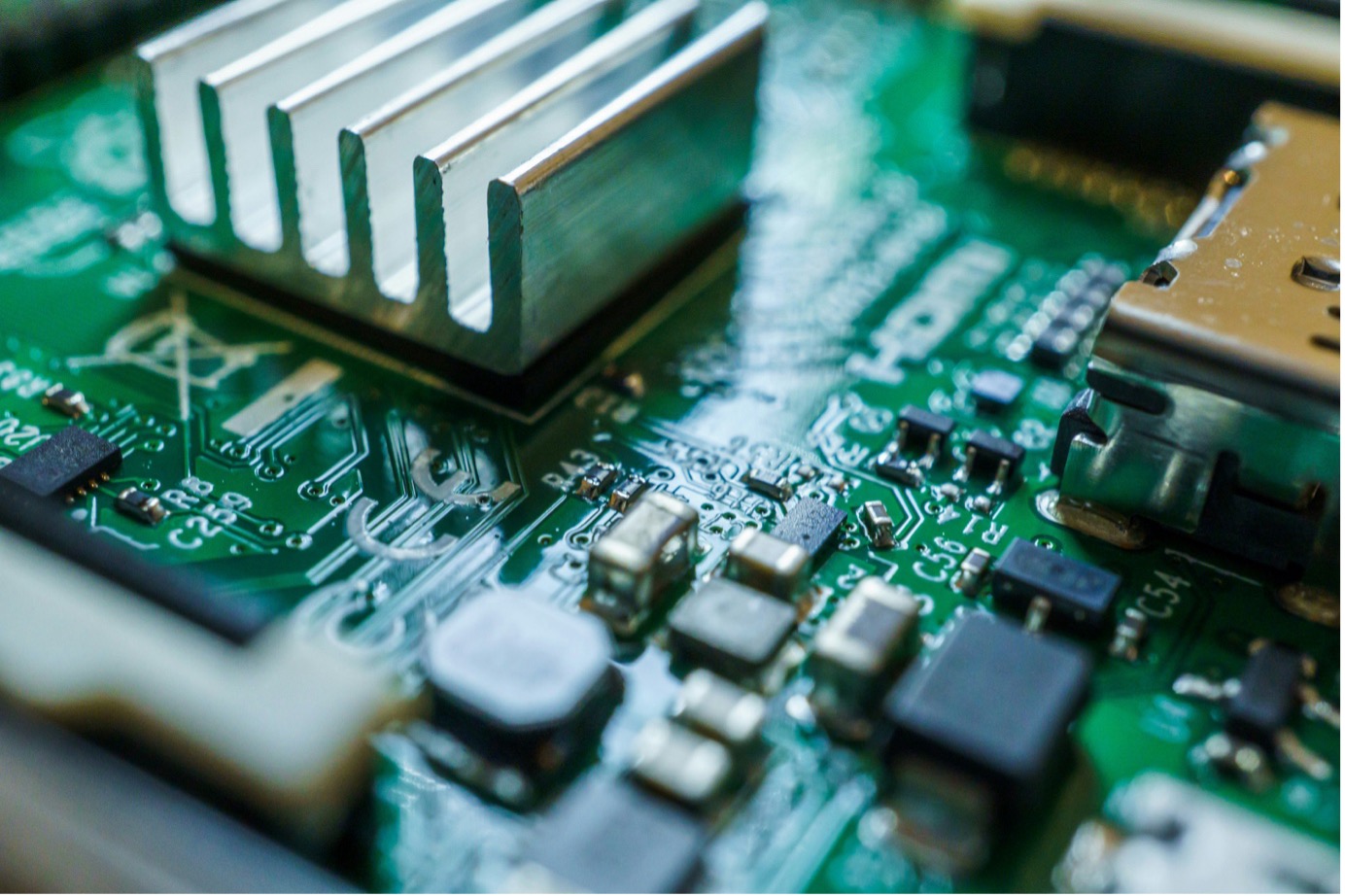
Top Benefits of Remote Monitoring for Enterprises
Whether you’re managing critical infrastructure, multiple remote locations, or just want to improve operational or energy efficiency. IoT remote monitoring is quickly evolving from a nice-to-have to a need-to-have.
Here’s what makes it a gamechanger for enterprises:
1. Reduced downtime through early detection
With real-time tracking of system performance, teams can spot spikes before failure occurs. Whether it’s a compressor overheating or a pressure drop in a pipeline, remote problem-solving allows for proactive maintenance, not costly emergency repairs.
This leads to fewer disruptions, smoother operations, and more uptime across your proceses.
2. Significant cost savings
By using IoT sensors to monitor energy usage, temperature swings, or idle equipment, businesses uncover inefficiencies they didn’t know existed. Which translates into lower maintenance costs, fewer on-site inspections, and smarter deployment of resources.
With data collected automatically from every location, you no longer need to rely on manual, time-intensive reporting or guesswork.
3. Enhanced safety and compliance
In sectors like manufacturing, energy, or healthcare: monitoring environmental conditions such as humidity, air quality, or system pressure is mission-critical.
IoT-enabled remote monitoring systems offer live alerts and threshold-based warnings, so teams can take quick action, when needed. It also helps meet industry standards and regulatory requirements, without extra reporting burden.

4. Better visibility, better decisions
When data is siloed or outdated, even the smartest teams make poor calls. With IoT remote monitoring, every decision is powered by real-time data from its source.
Executives get the full picture. Operators get the live metrics. Everyone stays aligned, with insights driven by actual usage, not just assumptions.
5. Scalable monitoring for multi-site operations
Managing a few facilities is one thing. Managing 300 is another. Remote monitoring scales effortlessly across multiple locations: warehouses, offices, energy plants, or retail sites. Without extra staff.
That’s why enterprises with various assets are turning to IoT remote monitoring solutions: centralized visibility, with local action.
Want to explore energy savings or emissions tracking through IoT monitoring?
→ Read our article about: IoT Energy Monitoring.
Real-world Applications by Industry
The value of IoT remote monitoring isn’t theoretical, it’s operational across a range of different industries. From real-time visibility to reduced downtime and lower energy bills, some case studies of how leaders across sectors are applying it, all in their own way.
Retail & Hospitality
Modern stores and hotels are packed with connected devices, from HVAC to refrigeration. Remote monitoring IoT platforms allow operators to:
- Track energy consumption in real time
- Ensure lighting and climate control systems are performing efficiently
- Detect failures in cold storage before they lead to spoilage or compliance issues
For retail environments it enables remote vehicle diagnostics, remote vehicle control, and fleet management.
Result? Lower utility costs, better guest experience, and reduced maintenance costs across multiple locations.
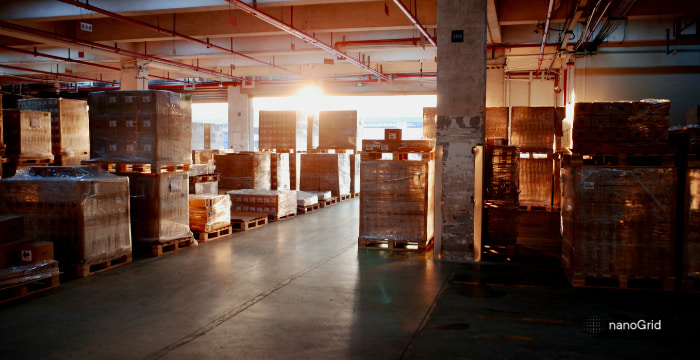
Warehouses & logistics
Warehouses, shipping hubs, and fulfilment centers rely on stable environmental conditions. IoT sensors allow for:
- Real time data of shipments, asset tracking.
- Continuous tracking of temperature and humidity
- Monitoring uptime of conveyor belts, HVAC, and backup systems
- Collection of operating data for predictive maintenance and asset management
This helps operators track assets and shipments, avoid heat damage, cold-chain breaks, and unexpected equipment failure.
Healthcare & Clinics
In healthcare, uptime is everything. IoT remote monitoring solutions can support:
- Continuous oversight of HVAC, refrigeration (e.g. vaccines), humidity and air filtration
- Monitoring of critical systems and track vital signs (e.g. oxygen supply) in real time
- Enablement of remote patient monitoring for at-home patients via connected devices
This improves patient care, reduces unnecessary service calls, and ensures regulatory readiness, especially in decentralized clinics.
Challenges of IoT remote monitoring (and how to overcome them)
While IoT remote monitoring provides major operational advantages, it’s not without its challenges. Connecting systems across dozens or even hunderds of sites comes with real complexity. Here’s what to watch out for, and how to maybe solve them.
1. Connectivity isn’t always a given fact
In remote sites, underground garages, or energy-heavy zones, WiFi and Ethernet often don’t hold up.
Now you might wonder: How to possibly overcome this connectivity issue?
Choose platforms that support multiple connection types, including cellular networks, LoRaWAN, or satelite backup. This ensure critical data from sensor still reach your dashboards. Even from the most challenging off-grid locations.
At nanoGrid, we make sure our hardware is engineered for full utility visibility, even in hard-to-reach zones, using robust fallback options like cellular and LPWAN. We take full responsibility for delivering high-quality, real-time data across all utilities (water, electricity, gas, district heat, air quality, etc.)
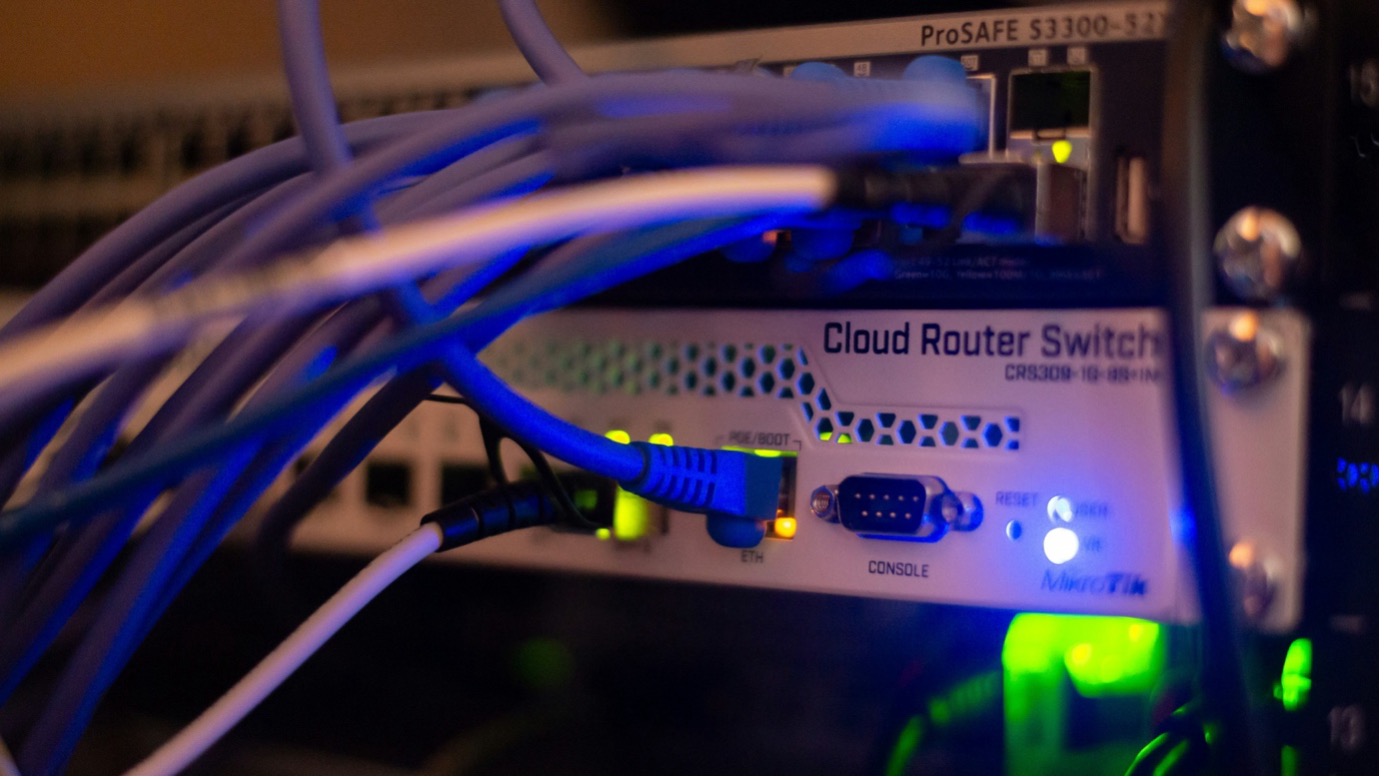
2. Data Security? Yes, it’s a non-negotiable
The more IoT devices you connect, the more exposed your network can become. Unsecured firmware, open ports, or poor access control leave room for breaches.
How to overcome this data security issue?
Look for solutions that offer:
- Regular firmware updates
- Two-factor authentication
- Encrypted data transmission
- Role-based access control
Security shouldn’t be an afterthought. It needs to be part of your remote monitoring system from day one.
3. Legacy systems still dominate
Many companies operate on a mix of modern and legacy systems. Getting your IoT remote monitoring devices to integrate with older infrastructure can be frustrating, especially across multiple countries or building types.
Is there a fix?
Yes we recommend, to use modular platforms that support seamless integration with:
- Buildings Management Systems (BMS) systems
- Utility meters (even older, sealed models)
- Existing SCADA, EMS, or cloud dashboards
At nanoGrid, we have built our solution to work with any meter, any manufacturer, giving clients unified access without ripping out existing infrastructure. We can digitalise every meter reading regardless of age, location or manufacturer, with our innovative nanoScope.
4. Scaling Across Devices (and Countries)
Managing a handful of connected devices is simple. But monitoring hundreds of buildings, meters, and systems across borders? That’s where things break.
How to overcome the challenge of scalability:
- Automate device provisioning and updates
- Use smart tagging for data stream classification
- Choose a vendor that offers global support and scalable data storage
- Ensure your platform can manage devices by location, utility, tenant, or building type and centralize them all together.
Scaling isn’t just about adding more sensors. It’s about maintaining performance, traceability, and uptime at every level.
How nanoGrid support IoT remote monitoring in a scalable way
We believe that IoT remote monitoring only delivers real value when it’s accurate, scalable, and easy to manage across all of your sites.
That’s why we’ve built our utility monitoring system, in-house from the ground up to work in the real world, not just in ideal conditions.
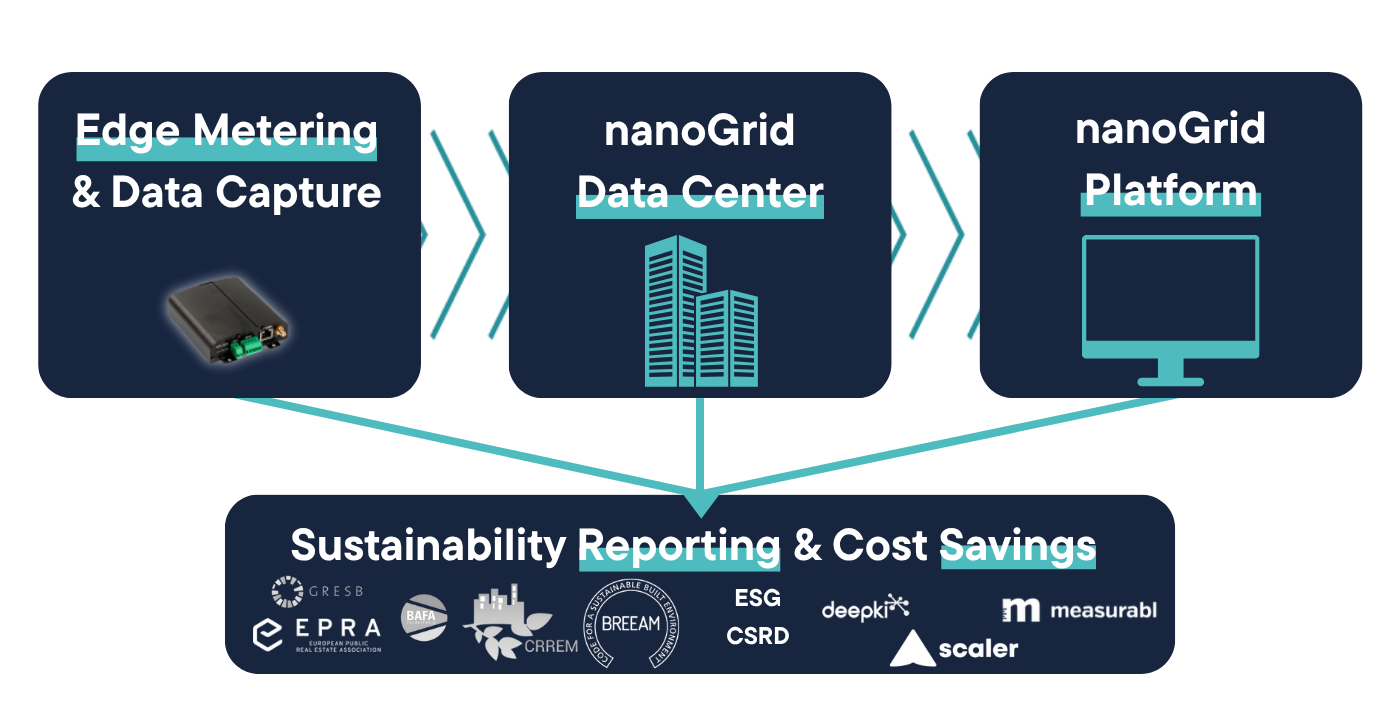
Real-time, asset-level tracking with a IT remote monitoring system
Our solution enables continuous, minute-by-minute monitoring of all utility data (like energy and water resources) across all of your buildings.
Whether you operate 5 sites or 500, our energy monitoring technology gives you complete visibility, down to the asset, component or tenant level.
With nanoGrid, you don’t just collect the most accurate data. You act on it.
Compatibility with sealed, legacy, or third-party meters
We’ve developed plug-and-play IoT hardware that works with virtually any meter, our nanoScope®. Even if it’s old, sealed, or in a hard-to-reach location. That means no need to rip out existing infrastructure.

Our installation is fast, secure, and non-intrusive. Once deployed, your utility data starts flowing automatically into a centralized dashboard or your preferred ESG platform, no manual intervention required.
Integration with your existing tech stack
Whether you’re using Deepki, Measurabl, Scaler or your own internal ESG reporting system, nanoGrid integrates without friction. Our data streams are fully audit-ready and compatible with:
- Third-party platforms
- Custom dashboards
- Internal data lakes or reporting tools
Designed for ESG, energy savings, and improved compliance
At its core, our solution isn’t just about data. It’s about action afterwards. We help companies:
- Track and lower energy consumption
- Automate ESG, CSRD, CRREM, and GRESB data submission
- Ensure and improve compliance with regional and global sustainability frameworks
So whether your priority is uptime, efficiency, or ESG transparency.
nanoGrid gives you the tools, and the most accurate data, to get there faster.
See more, fix faster: The power of IoT Monitoring
IoT remote monitoring isn’t about more data, it’s about better control. It helps you see what’s happening, respond instantly, and keep performance tight across every building or site. From HVAC systems to remote energy grids, IoT monitoring drives visibility, performance and ROI.
And when it’s traceable, scalable, and connected to your ESG goals? Even better.
Fancy a deeper dive how nanoGrids, supports submetering and energy monitoring? Read further in our other blog articles. Or get in touch to get a pilot of our platform and approach.



